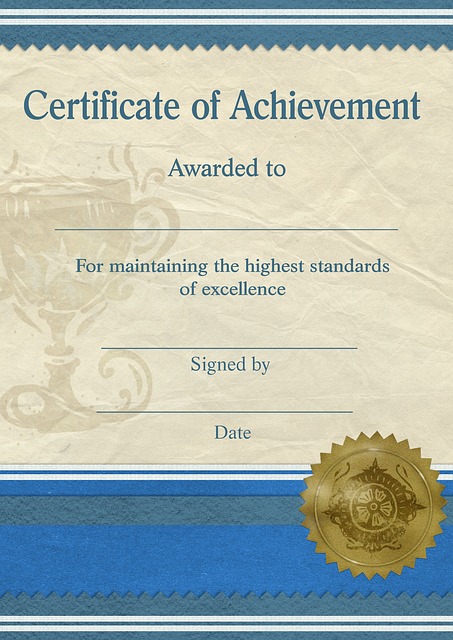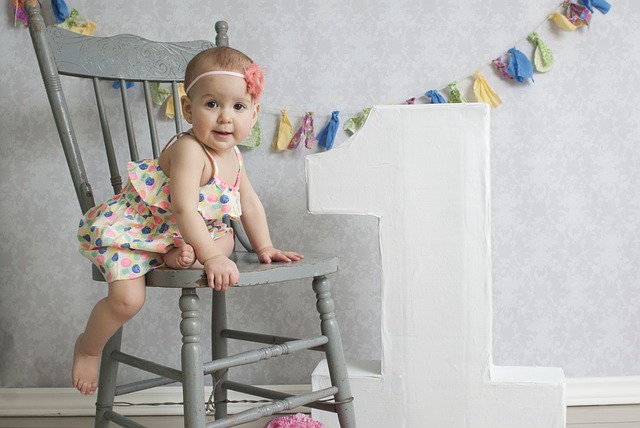As you are about to enter your workplace, thoughts of how this day will commence circulated your mind. You see a hallway filled with aspiring professionals. Some looked more prepared while others seem to care less. You have one important task today – to conduct the job interviews.
Asking the right questions on a job interview is crucial to the success of hiring the best qualified candidate for the job. With the weight of the company resting your shoulders, you must come up with intelligent interview questions that will cater not only to the older generations of employees but also to the new generation of job-seekers.
Millennials (Gen Y), people born from 1980s-2000s, have a bad rep in recruitment compared to the older generations. You see, more than half of the local bosses in Singapore felt that people from the Gen Y are hardest to recruit because of their unrealistic expectations. These unrealistic expectations are translated thru the irrationality in pay, promotion, and work-life balance.
Personally, I feel that some Millennials pose more importance with self-reliance and self-fulfillment that they forget to be a part of an entire organization.
Regardless of the generation woes, your duty now (as the interviewer) is to pick out the aspirants who will remain loyal to the company as their personal goals are in lined with that of the organization’s. Start by considering these questions:
1. WHAT ARE YOUR CAREER GOALS?
One of my Millennial friends has been jumping from one job to the next because she has no clear idea of what she really wants. She lives for the thrill of the new experiences and worries about the present moment alone. Without a list of career goals, I am pretty sure that she will shift to another job by the end of this year.
There are many Millennials who view their careers much like my friend. This is why it is important for you to gauge whether or not the job-seeker’s career goals match that of the company’s. Remember that having a deeply rooted career goal can motivate a person to fulfill the needs of the job.
2. DO YOU VIEW THIS JOB AS A STEPPING STONE?
To know whether or not the aspirant is there to stay, be forward and ask about his perception about the available position. Is it merely a stepping stone or is he committed to succeed when given the job?
Use your expert judgement when examining their answers.
3. WHAT ARE YOUR EXPECTATIONS REGARDING THE SALARY?
As the aforementioned survey above stated, there is a high number of Millennial with irrationality in their expectations when it comes to pay. And this tricky question may just prevent that!
By asking this question, you will know if the aspirant has a good grasp of the actual salary based on his qualification and the available position. Also, you will see the true colors of the aspirant (given that he is completely honest). For instance, if he gives you a salary range that is within what you can offer then you can easily negotiate a pay that will satisfy his expectation.
4. WHAT MOTIVATES YOU THE MOST: SUCCESS OR FAILURE?
There is no right or wrong answer to this because a person can either be driven by the determination to succeed or by the fear of failure. You read that correctly! Failure can not only paralyze a person but it can also propel them to work harder. A person may do his best just to prevent failure from happening.
You just have to figure out what form of motivation do you prefer most when it comes to selecting the best candidate.














